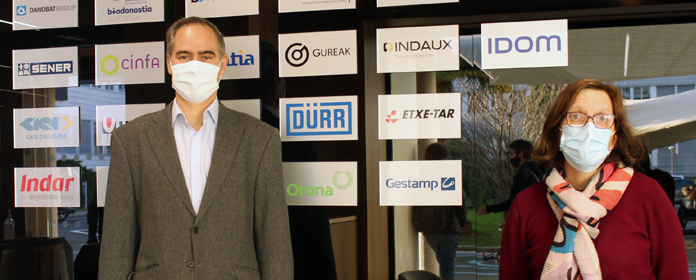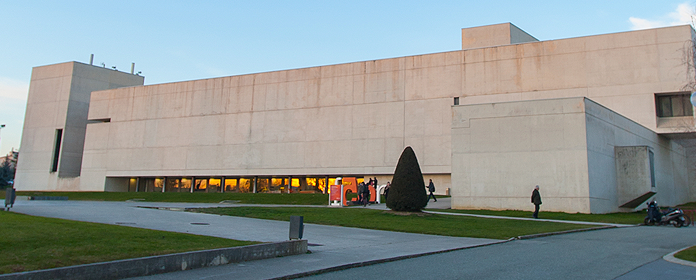El sistema de producción del cacao es la principal fuente de contaminación en los cereales infantiles, según un estudio de la Universidad de Navarra
The cocoa production system is the main source of contamination in infant cereals, according to a study by the University of Navarra.
Raquel Hernández from Navarra, Spain, Chemistry has studied the composition of 91 infant cereals marketed in Spain.
Cocoa is the main source of aflatoxin contamination in infant cereal formulations, although this contamination does not pose a health risk to consumers. Chemistry This has been demonstrated by Raquel Hernandez, from Navarra, Spain, in a study carried out at the department of Chemistry and Edaphology of the University of Navarra.
The researcher analyzed 91 samples of cereals for baby food from 10 commercial companies. "In all of them we evaluated the existence of aflatoxins and toxic elements such as lead, cadmium, arsenic and mercury, food contaminants of different conditions and nature that are of interest both for their relevance and for the high toxicity they possess", says the new doctor.
Thus, among the results of its work highlights the presence of aflatoxins in 81% of infant foods prepared from cereal: "The distribution of the concentration of aflatoxins and potentially toxic trace elements depends in part on the production of cereal, depending on whether it was conventional or organic. In fact, some contamination rates were higher in organic production, which could indicate a certain carelessness in the industrial processing of infant formula," says the researcher.
Another highlight was finding of the highest arsenic values in gluten-free formulations based on rice and corn. "This was of particular concern to us because of the very young age at which children consume these products. While it is true that only three organic formulations and one of cereals with honey exceeded the tolerable weekly intake recommended by the FAO," highlights Raquel Hernandez.
40 dairy farms
Regarding the influence of livestock feed on the quality of their milk, the specialist points out that, after analyzing 40 farms spread throughout the region, the geographical status was very little determinant. "On the other hand, we did observe differences depending on the season of the year -spring and autumn are the two periods with the highest aflatoxin indices-, climatic conditions -more or less rainfall and temperatures-, human activities, etc.", explains Chemistry of the University of Navarra.
The work, developed at the department of Chemistry and Edaphology of the academic center and directed by Professor Iñigo Navarro, has also served to test the validity of discriminant analysis in measuring the quality of cereals used in infant formulas: "We have confirmed that scatter diagrams are an accurate method for classifying cereals with cocoa and gluten-free cereals, separating each according to the predominant cereal subject ".
Raquel Hernández also confirmed that this methodology -called HPLC- could also be used to measure the presence of aflatoxins in breakfast cereals, baby food, cereal bars, cookies and soy infant formulas.




